Most travelers plan their itineraries around famous museums, historical landmarks, or culinary experiences. Yet some of the most captivating urban art lies right beneath our feet, often overlooked as we rush from one attraction to another.
The humble sidewalk tile, when elevated to an art form, can tell stories about a city’s history, culture, and artistic vision more effectively than many official monuments.
Here is a list of 15 cities around the world where the sidewalk tiles are so exceptional they merit a dedicated visit all on their own.
Lisbon
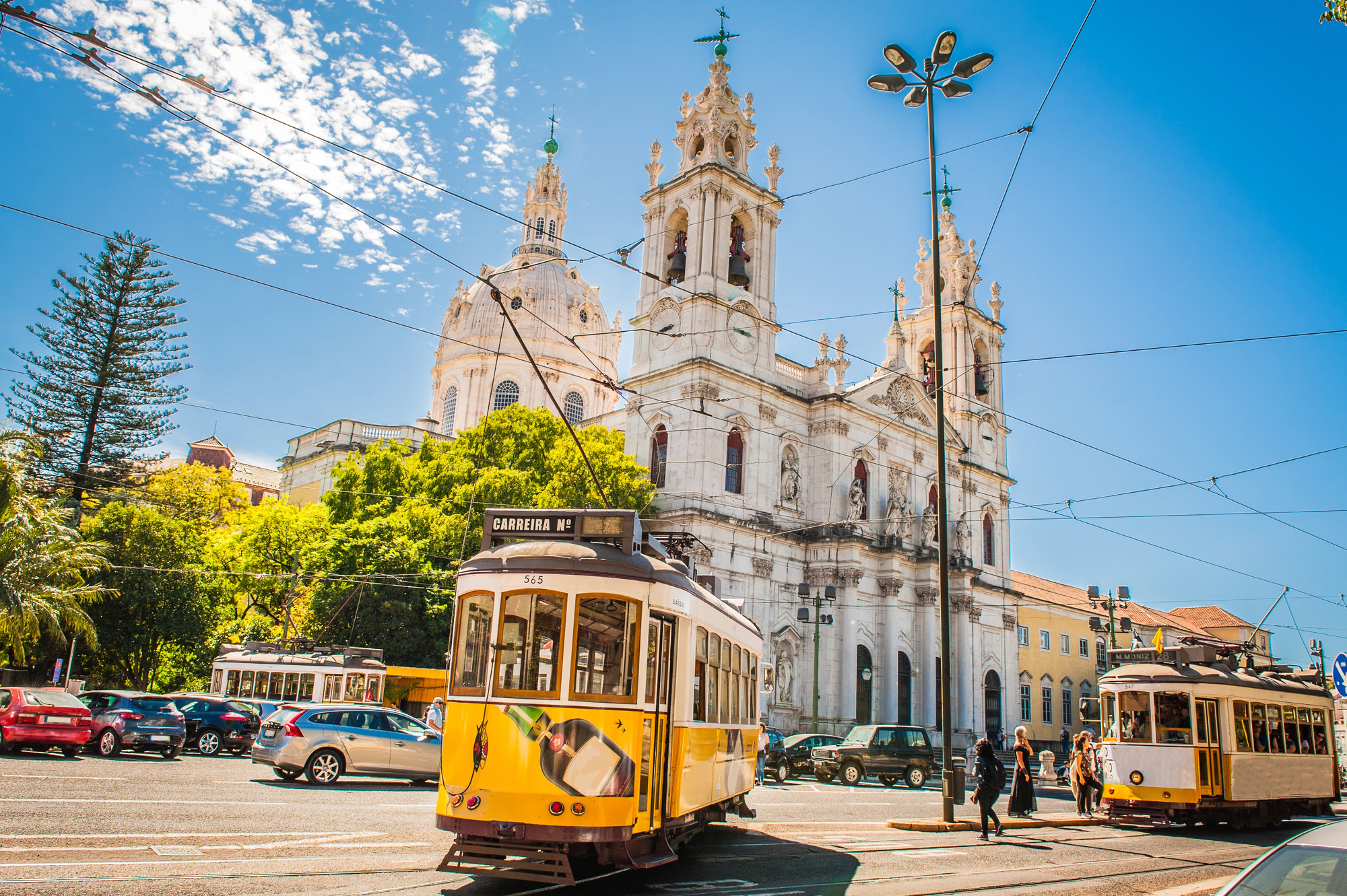
Portugal’s capital showcases the traditional art of calçada portuguesa, with black and white limestone tiles arranged in mesmerizing geometric patterns and pictorial designs. These hand-laid mosaics transform ordinary streets into undulating waves, maritime scenes, and abstract compositions.
The craftsmanship is so valued that master tile layers are considered cultural treasures, with skills passed down through generations.
Barcelona
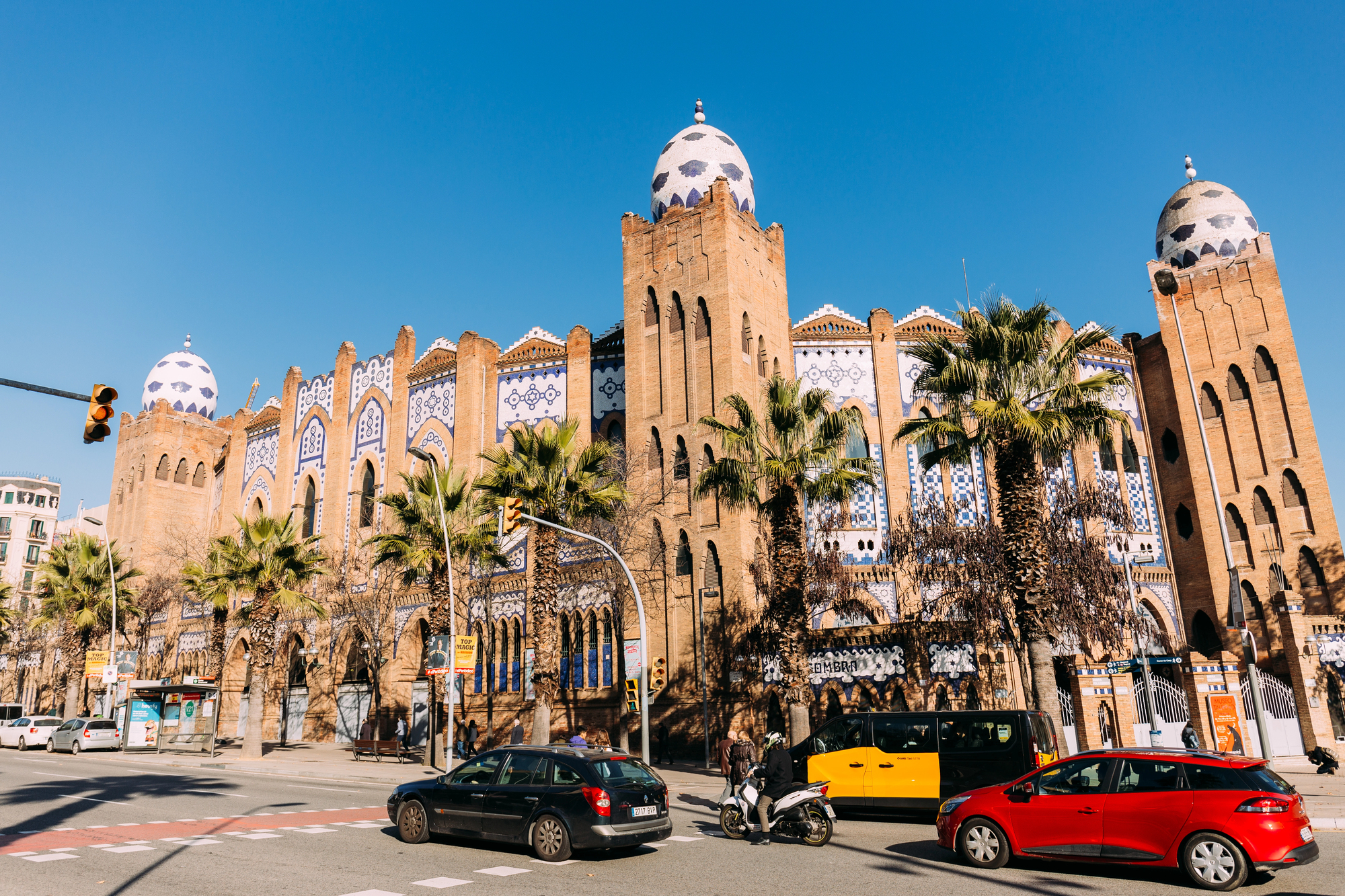
Antoni Gaudí’s influence extends beyond his famous buildings to the hexagonal tiles he designed for the Passeig de Gràcia. These colorful concrete tiles feature marine motifs, including starfish, seaweed, and shells, creating an oceanic journey through the heart of the city.
Each tile contains three different designs that form various patterns when combined, demonstrating Gaudí’s mathematical genius alongside his artistic vision.
Like Travel Pug’s content? Follow us on MSN.
Mexico City
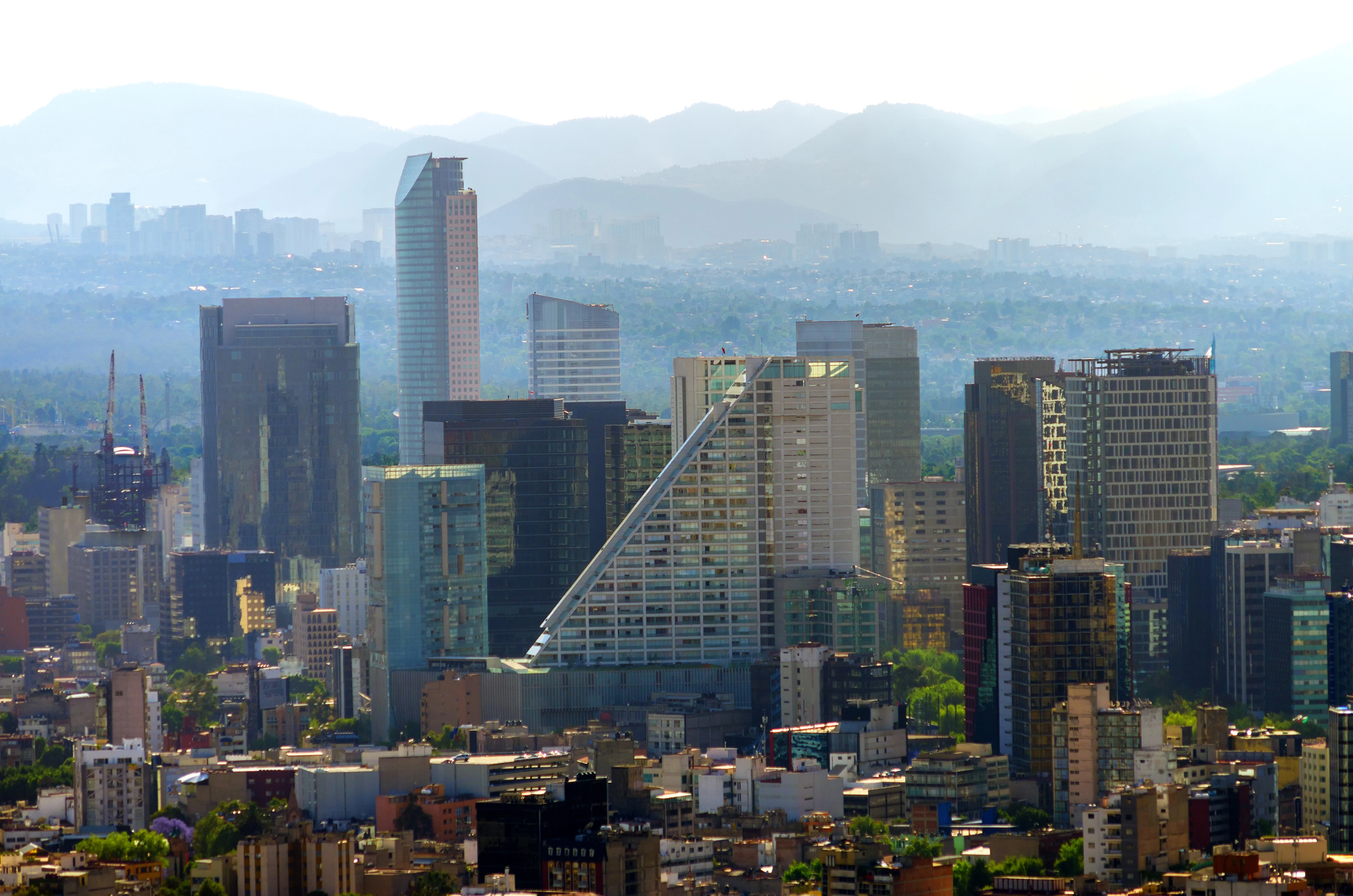
The historic center features distinctive tezontle tiles, made from volcanic rock that gives them a deep reddish hue unique to central Mexico. These tiles have been used since Aztec times and continue to connect modern pedestrians to the city’s ancient past.
The slight variations in color and texture make each sidewalk section feel alive with subtle movement, especially when wet after a tropical rain shower.
Istanbul

The Grand Bazaar district features intricate tile work that extends from building façades right down to the pathways, creating seamless environments of pattern and color. These geometric designs follow Islamic artistic traditions while incorporating Byzantine influences, reflecting the city’s position at the crossroads of civilizations.
The tiles use traditional iznik techniques with characteristic cobalt blue, turquoise, and coral red glazes that have remained vibrant for centuries.
San Francisco

The 16th Avenue Tiled Steps project transforms an ordinary staircase into a stunning sea-to-stars mosaic featuring over 2,000 handmade tiles. This community-created artwork depicts an oceanic scene at the bottom that gradually transforms into a cosmic display at the top.
The city has embraced this model with several other tiled staircases appearing throughout its hilly neighborhoods, each with distinctive themes reflecting their local communities.
Like Travel Pug’s content? Follow us on MSN.
Kyoto

The ancient capital’s Higashiyama district features walkways with slate tiles carefully cut and arranged to facilitate drainage while creating subtle textural patterns. These tiles change appearance dramatically with the weather, developing rich, deep colors when wet that showcase their mineral composition.
Many paths are lined with tiles specifically arranged to make a pleasant sound when walked upon, adding an auditory dimension to the experience.
Havana
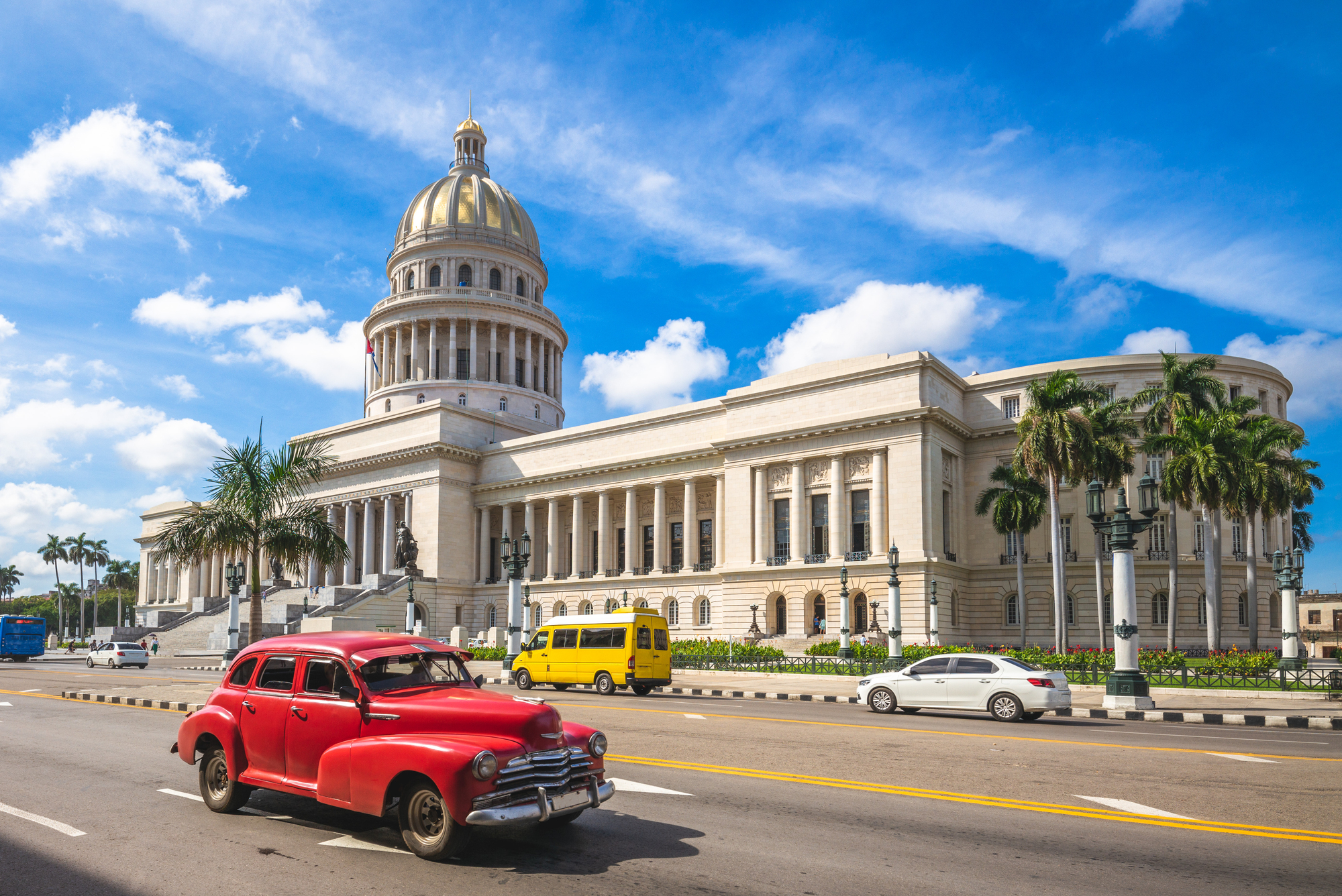
The Cuban capital’s vibrant personality shines through in its hydraulic cement tiles featuring bold, tropical designs that have endured for over a century. These colorful geometric patterns create a visual rhythm that perfectly complements the city’s musical heritage.
Each neighborhood developed its own distinctive motifs, allowing locals to recognize their location simply by glancing down at the sidewalk.
Marrakech

The medina’s pathways incorporate zellige tilework that extends the intricate patterns from buildings right under the feet of visitors. These geometric designs use mathematical principles that were revolutionary when first developed in the 10th century.
The tiles create optical illusions that seem to shift and transform as you walk, playing with perception in ways that feel surprisingly contemporary.
Like Travel Pug’s content? Follow us on MSN.
Prague
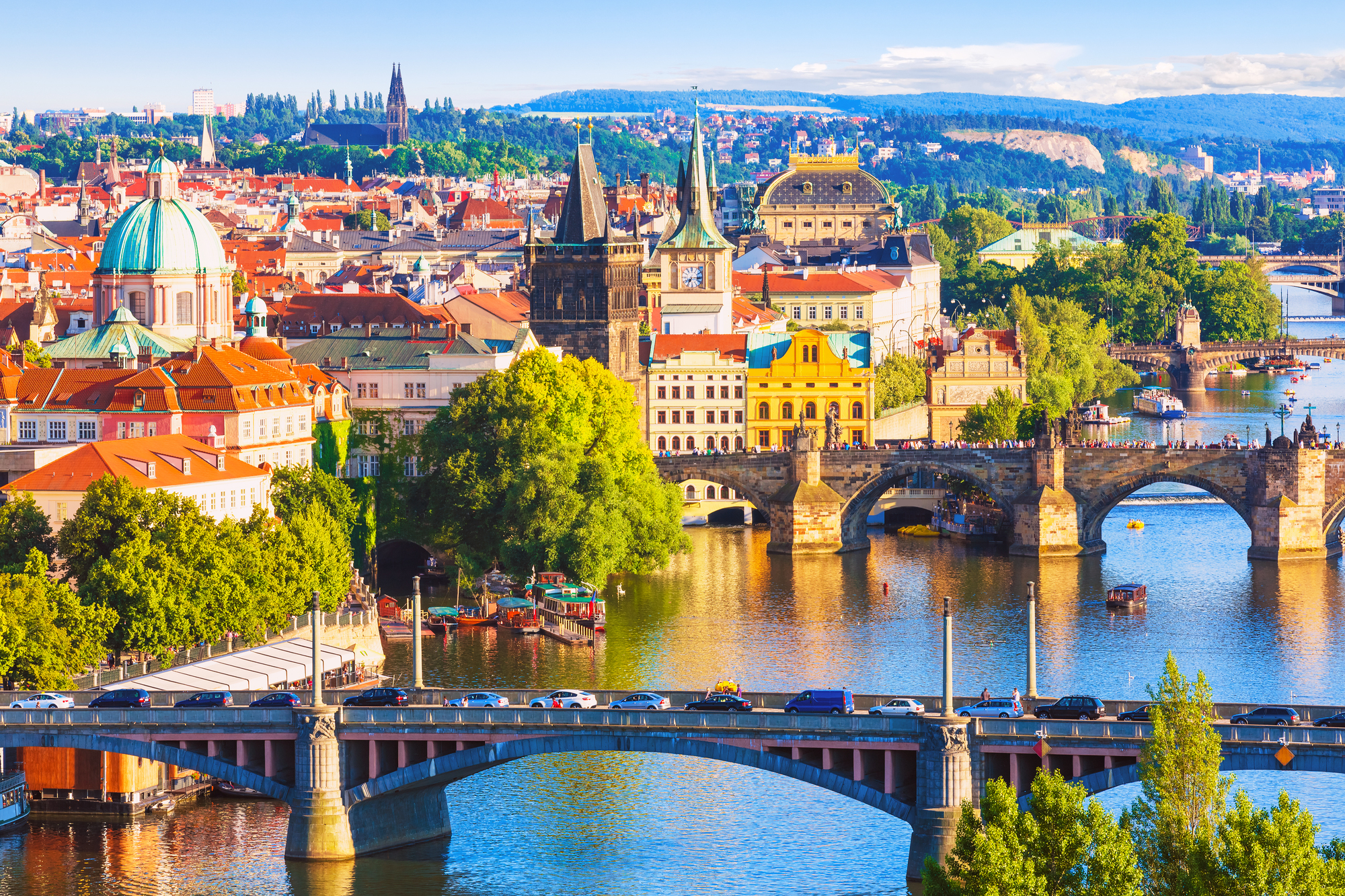
The Czech capital features distinctive mosaic sidewalks made from small cubes of various native stones that create subtle, elegant patterns throughout the historic center. These tiles change appearance with the famous Bohemian fog, sometimes appearing almost luminous in the misty light.
Many sections date back to the Art Nouveau period, showcasing floral and organic designs that influenced artistic movements throughout Europe.
Seoul

South Korea’s capital has transformed mundane utility covers into artistic sidewalk features with tiles depicting historical scenes, cultural symbols, and contemporary designs. The city commissioned artists to create hundreds of unique manhole and utility box covers that serve as spontaneous galleries for pedestrians.
This public art initiative has been so successful that dedicated tours now guide visitors to the most impressive examples throughout the city.
Salvador
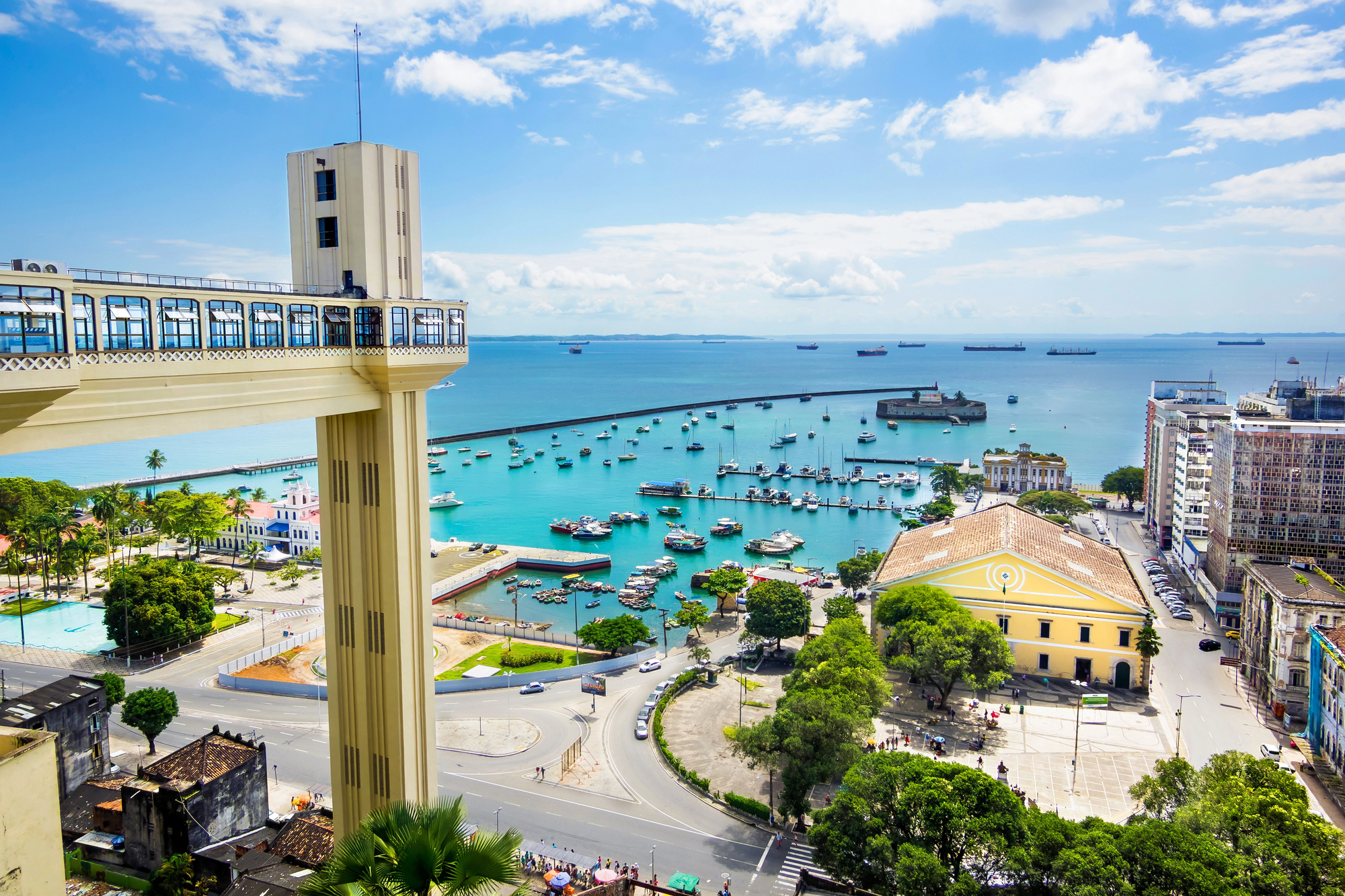
This Brazilian coastal city uses Portuguese-inspired tilework modified to incorporate African and indigenous influences, creating a unique fusion that epitomizes the city’s cultural heritage. The sidewalks of the Pelourinho district feature tiles arranged to subtly guide visitors toward important historical sites while telling stories of the region’s complex past.
The bright blue and white color palette creates a visual connection to the nearby Atlantic Ocean that defines the city’s character.
Like Travel Pug’s content? Follow us on MSN.
Florence
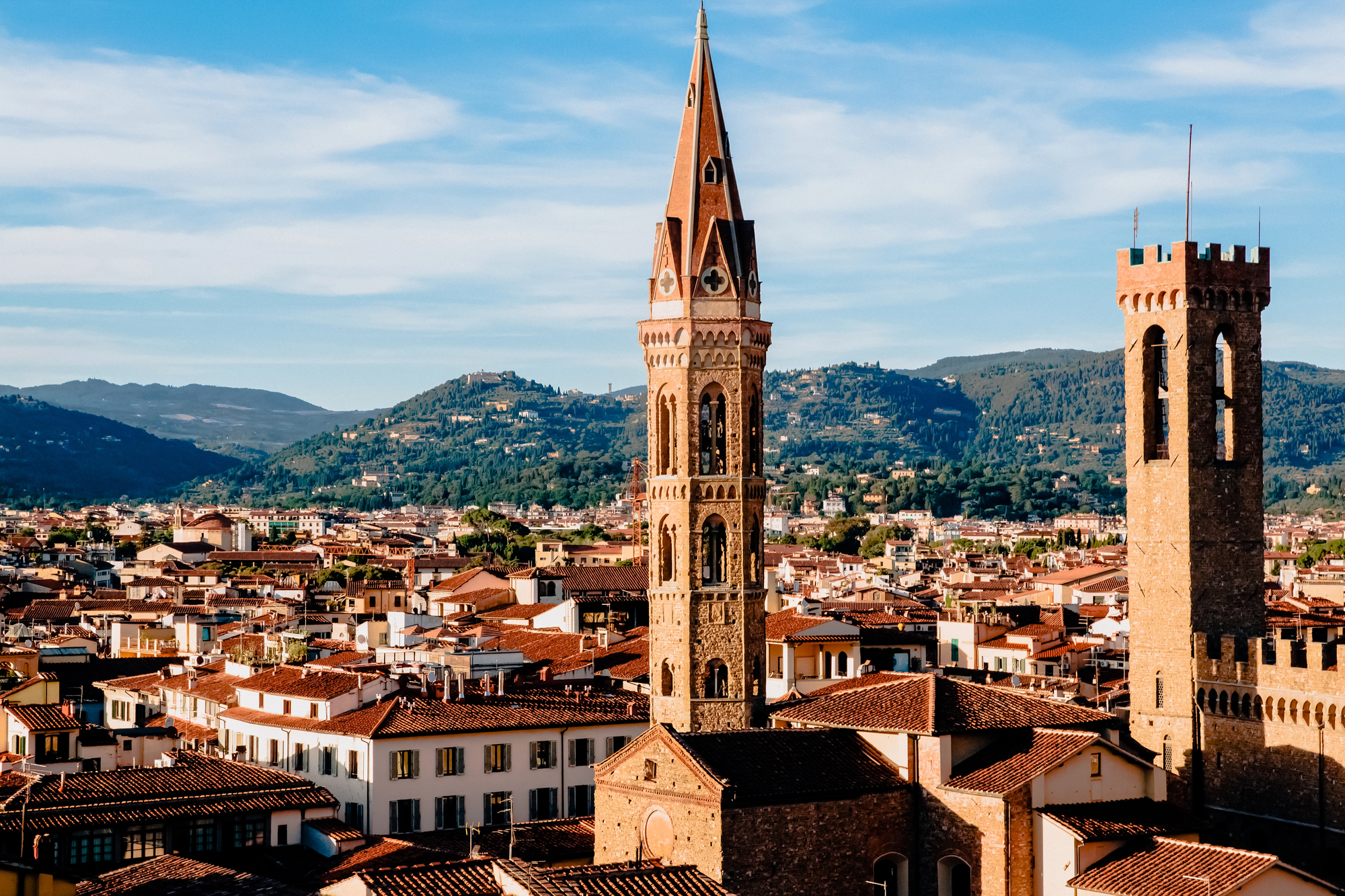
The Renaissance city features pietra forte sidewalk tiles, made from the same golden-brown sandstone used in its famous buildings, creating harmony between structures and the spaces between them. These tiles have gradually worn into subtle concave shapes from centuries of foot traffic, physically recording the city’s human history.
The material contains tiny marine fossils visible upon close inspection, connecting modern pedestrians to the prehistoric ocean that once covered Tuscany.
Like Travel Pug’s content? Follow us on MSN
Jerusalem

The ancient city’s limestone tile pathways have literally been polished by millions of pilgrims over centuries, creating a smooth, almost glowing surface in some areas. These tiles change color dramatically with the strong Mediterranean light, appearing golden at sunrise and sunset, brilliant white at midday, and softly luminous under moonlight.
The worn depressions in steps and walkways connect visitors physically to every previous traveler who has passed that way.
Fez

Morocco’s intellectual capital features zellige tile paths with mathematical patterns of such complexity that they’ve been studied by modern geometers and computer scientists. These intricate designs achieve perfect symmetry without exact repetition, a remarkable artistic and mathematical feat.
The ancient techniques used to create these tiles require apprentices to study for years before they can contribute to even simple sections of the pathway.
Like Travel Pug’s content? Follow us on MSN.
Cartagena
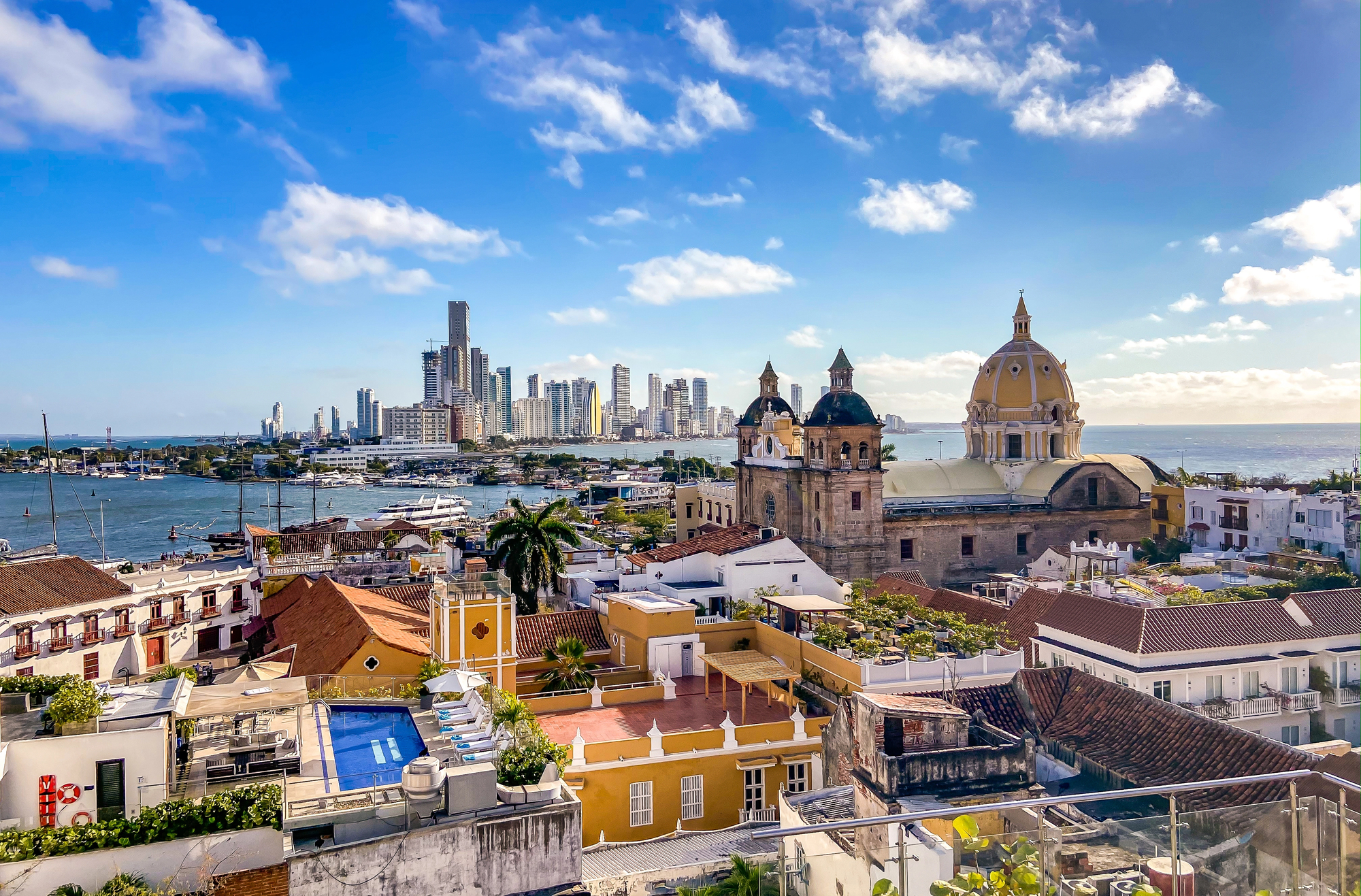
Colombia’s coastal gem features distinctive sidewalk tiles in the old city that incorporate crushed seashells, creating pathways that sparkle subtly in the Caribbean sunshine. These tiles use traditional Spanish colonial patterns adapted with indigenous motifs, reflecting the city’s multicultural heritage.
The smooth, cool surface of the tiles provides welcome relief from the tropical heat, demonstrating how functional design and aesthetics can perfectly complement each other.
Beneath the Surface
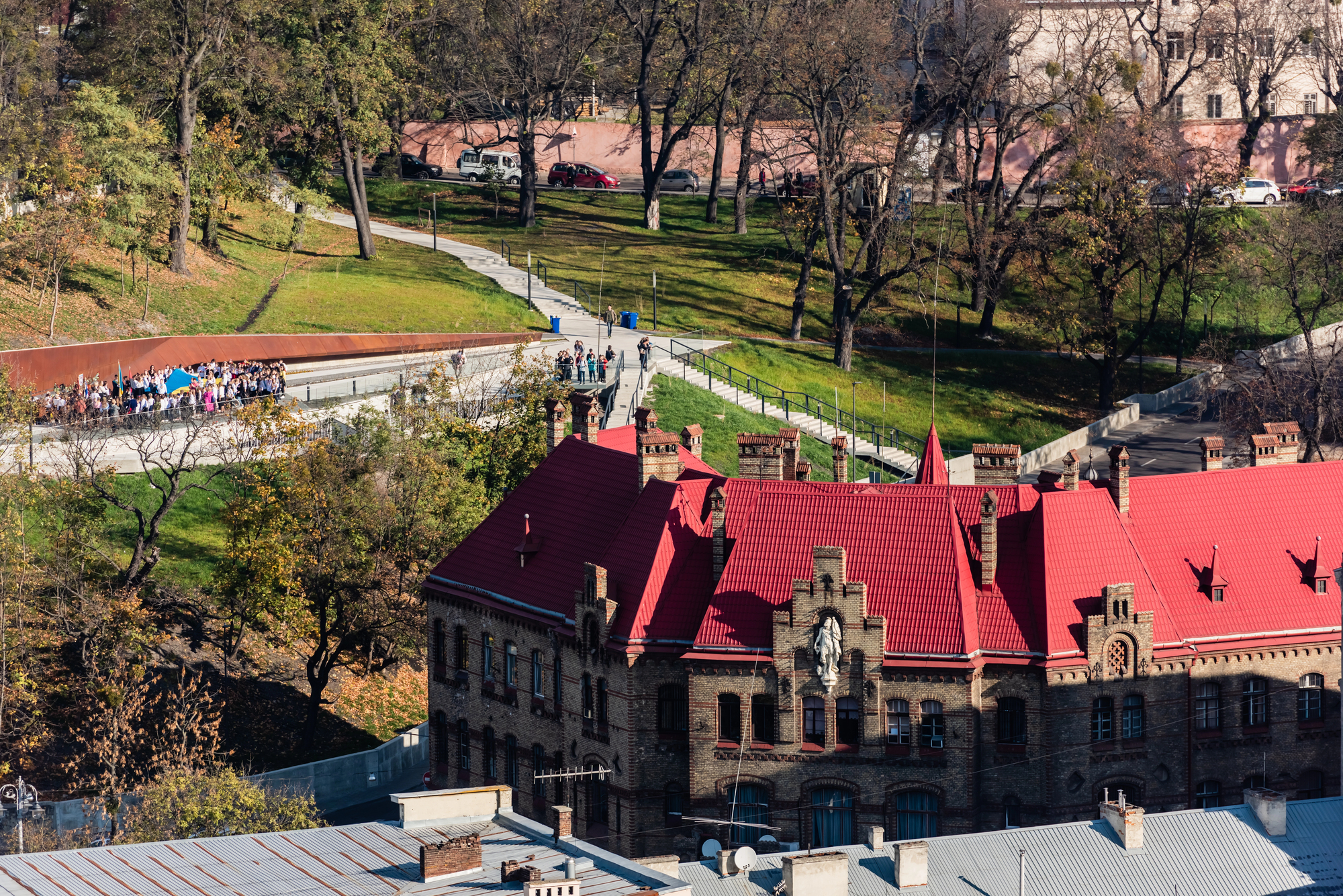
These remarkable urban walkways remind us that some of the most meaningful travel experiences come from paying attention to what’s directly underfoot. While grand architecture may dominate skylines and postcards, these sidewalk tiles offer intimate connections to local craft traditions, cultural values, and historical narratives.
They represent a form of public art that’s truly democratic—available to anyone who takes the time to look down and appreciate the extraordinary care invested in the surfaces we casually tread upon every day.
More from Travel Pug

- Cities Growing so Fast You Won’t Recognize Them in 10 Years
- 13 Destinations Where Tourists Regularly Regret Their Trip
- 20 Obscure WWII Sites Even History Buffs Don’t Know About
- 10 Under-the-Radar Mountain Towns That Are Both Affordable and Beautiful
- Remote Villages in Europe Where You Can Live for Free in Exchange for Work
Like Travel Pug’s content? Follow us on MSN
